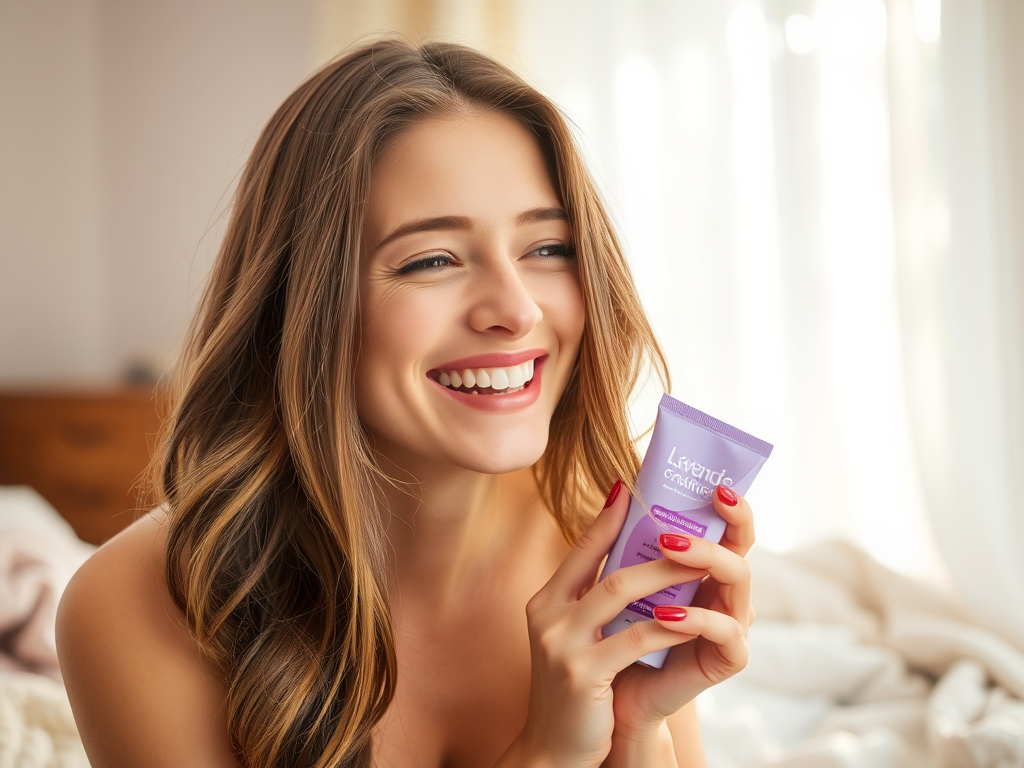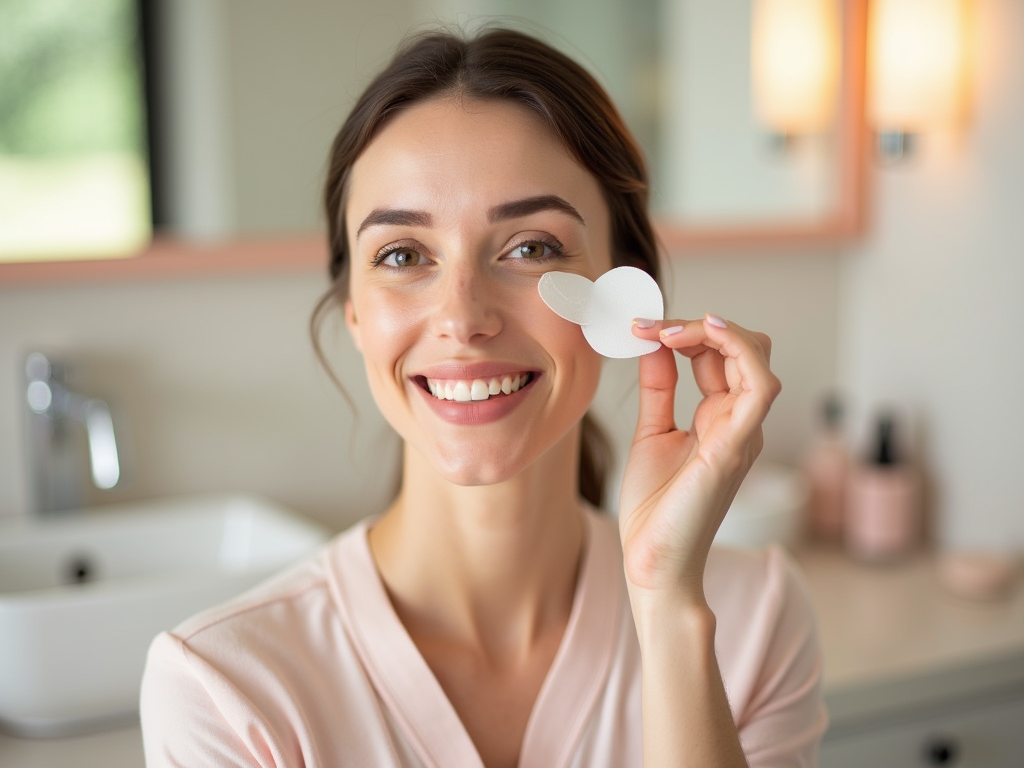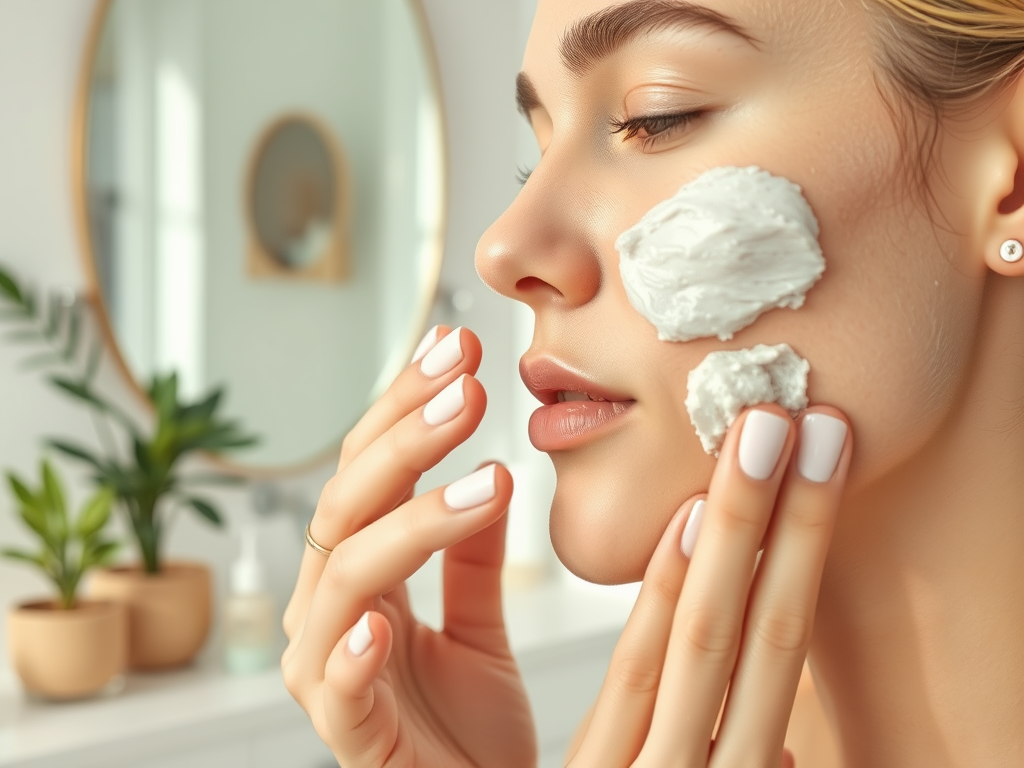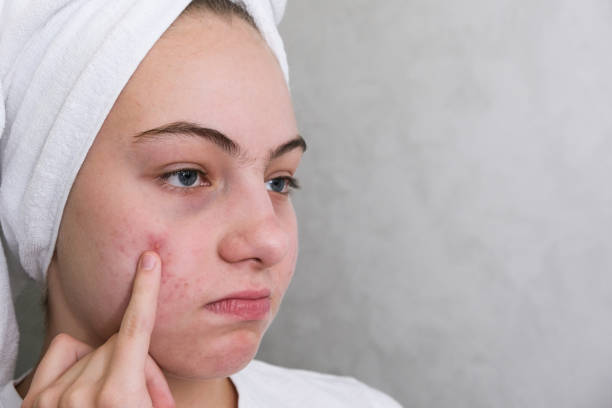Purple shampoo has become a staple in the hair care routines of many. With its vibrant hue and promises of fixing brassy tones, it’s no wonder that many users are eagerly experimenting with it. However, there are numerous misconceptions about what purple shampoo can do, especially when it comes to brown hair. The confusion often leads individuals to wonder whether this product can genuinely lighten brown locks, or if it merely serves another function. In this article, we will debunk common myths surrounding purple shampoo and clarify its true purpose.
The allure of purple shampoo lies not just in its color but in its ability to counteract unwanted warm tones. Designed primarily for blondes and those with gray hair, it uses color theory to neutralize yellowness that often arises from environmental factors or hair color fading. But what about those with darker hair shades? Can they benefit from this product? As we delve deeper, we’ll explore the science behind purple shampoo, its intended use, and what you should realistically expect from it.
Understanding Purple Shampoo
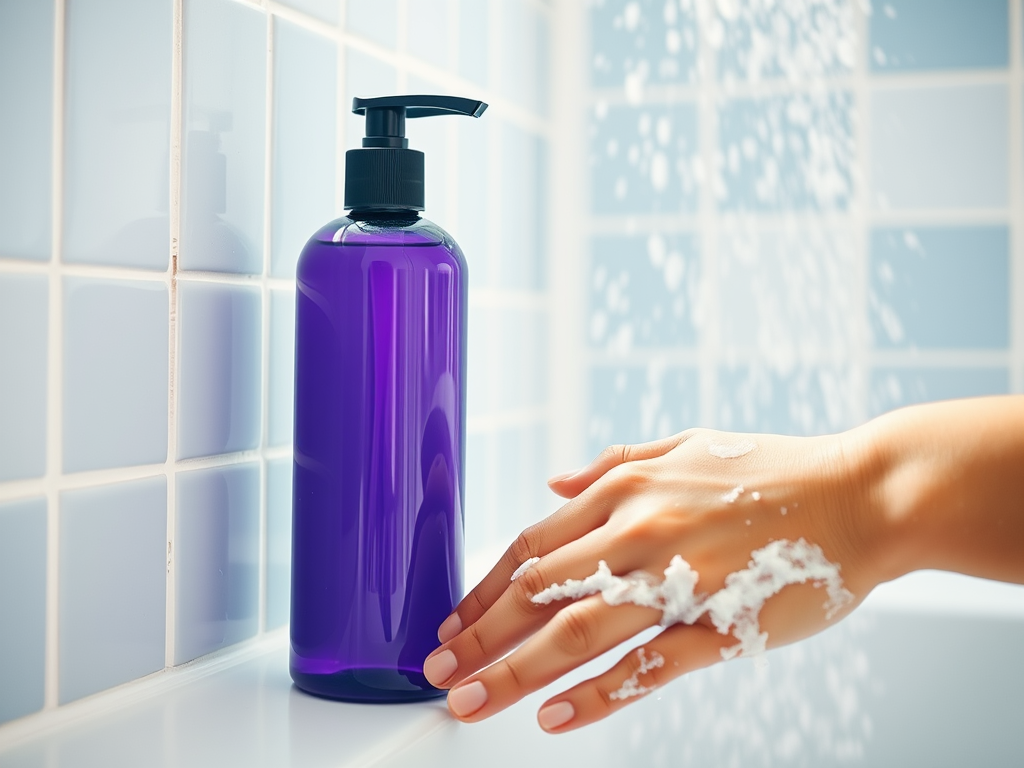
Purple shampoo is formulated with purple pigments that serve to neutralize yellow or brassy undertones in hair. This approach falls back on the basic principles of color theory, where opposites cancel each other out. For instance, yellow is opposite purple on the color spectrum, making these two perfectly at odds in hair color correction. Thus, using purple shampoo primarily caters to individuals with light hair colors, making it a go-to for blonde and gray-haired clients.
However, brown-haired individuals often inquire about its effectiveness for them. While purple shampoo doesn’t lighten hair, it has the potential to tone down brassiness if used correctly. For instance, if a brown color has too many warm undertones, introducing a purple shampoo routine can create a balanced, cooler finish. Therefore, understanding the correct application can lead to better results across all hair types. But what common myths surround its use among those with brown hair?
Myths About Purple Shampoo and Brown Hair
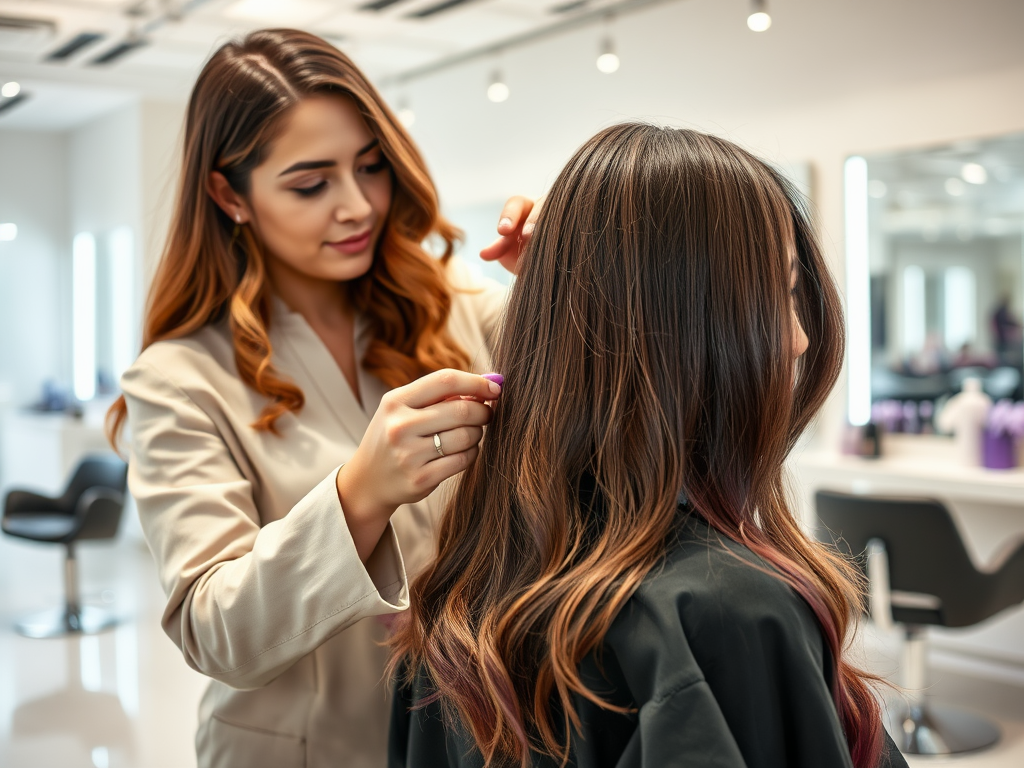
Myth 1: Purple Shampoo Will Lighten My Brown Hair
Many brown-haired individuals believe that by using purple shampoo, they can lighten their hair color. This misconception arises from the vibrant appearance of the shampoo itself. In reality, purple shampoo is not designed to lighten hair; rather, it targets brassy tones and brings out cooler hues. The implication here is crucial—if you want a lighter shade, traditional hair lightening methods must be employed instead.
Myth 2: All Hair Types Can Use Purple Shampoo
It’s a common belief that anyone can benefit from purple shampoo, including those with very dark hair. While it can help tone down unwanted brassiness, not all hair types react the same way. Curly, coily, or very thick hair might not require purple shampoo as much as finer hair. The key is to assess your unique hair type to determine the effectiveness of purple shampoo in your routine. Overuse can lead to unwanted dryness or a slight purple tint, especially for those with darker shades.
Myth 3: Purple Shampoo Is Only for Blondes
While the marketing often targets blondes, this doesn’t mean those with darker hair cannot find value in it. In fact, even brown-haired individuals can benefit from using purple shampoo as a toning agent. For example, if you’re experiencing color fade that brings out warmer undertones, employing purple shampoo for occasional use can help manage that. This misconception has led many to overlook the versatility of purple shampoo and its potential for various hair types.
How to Use Purple Shampoo Effectively
To maximize the benefits of purple shampoo without any adverse effects, it’s essential to use it correctly. Here are a few tips:
- Use purple shampoo no more than once or twice a week.
- Ensure you apply it to wet hair, allowing it to work through for a maximum of 3–5 minutes.
- Consider following up with a hydrating conditioner to maintain moisture in your hair.
Additionally, keep in mind that not all brands are created equal. Take the time to explore different formulations and find one that aligns with your hair’s needs.
| Product Type | Hair Type Suitability |
|---|---|
| Traditional Purple Shampoo | Blonde, gray, light brown |
| Hydrating Purple Shampoo | Dry or damaged hair |
| Color-Safe Purple Shampoo | Color-treated hair |
Ultimately, utilizing the right technique and understanding your hair’s unique needs will determine how effective purple shampoo can be for you.
Alternatives for Lightening Brown Hair
If the ultimate goal is to lighten brown hair, there are safer alternatives to consider. Here’s a quick overview of some methods:
- Highlights: Adding highlights introduces lighter colors strategically, making hair appear brighter.
- Balayage: This freehand coloring technique creates a sun-kissed look without the need for harsh chemicals.
- Hair Lightening Products: Specialized products designed specifically for lightening can be gentle and effective.
When comparing these methods to using purple shampoo, it becomes clear that each option provides distinct results. Choosing the right approach ultimately depends on the desired outcome and hair health.
Conclusion
In conclusion, the myths surrounding purple shampoo and its use for brown hair have led to widespread confusion. The product is primarily for color correction rather than lightening, and although it holds benefits for darker hair tones, it should not replace traditional lightening methods. Understanding when and how to use purple shampoo is essential for optimal results, enabling users to maintain their hair’s health and vibrancy.
Frequently Asked Questions
- Can purple shampoo be used on all hair colors? Yes, but it is most effective for blonde and gray hair. Those with brown hair can use it for toning purposes.
- Will purple shampoo make my hair blonde? No, purple shampoo does not bleach hair; it simply neutralizes yellow tones.
- How often should I use purple shampoo? It depends on your hair type; typically, 1-2 times a week is recommended for best results.
- Is purple shampoo damaging to hair? In moderation, it is not damaging. Over-use can lead to dryness or a purple tint if left on too long.
- Can I use purple shampoo and regular shampoo together? Yes, alternating between a regular shampoo and purple shampoo can help maintain color without over-toning.
